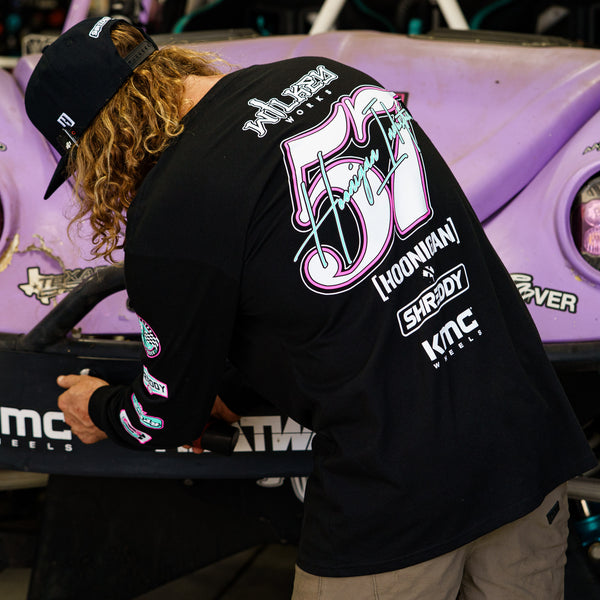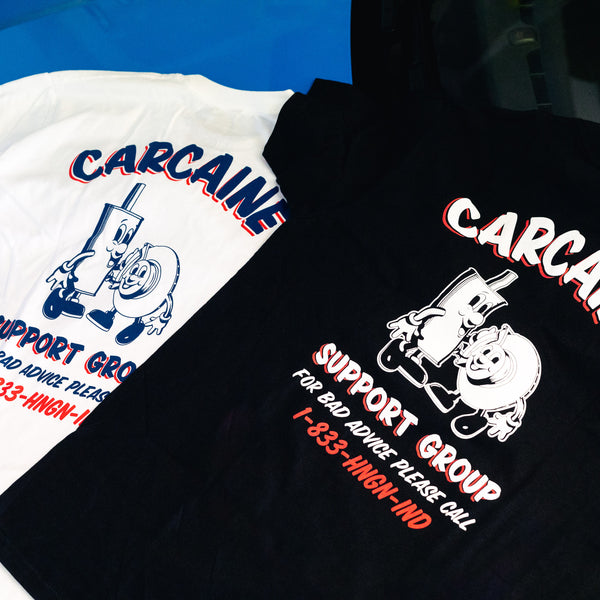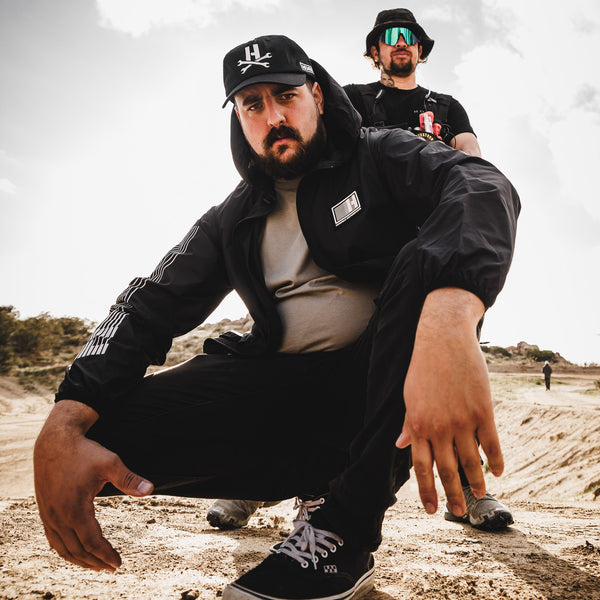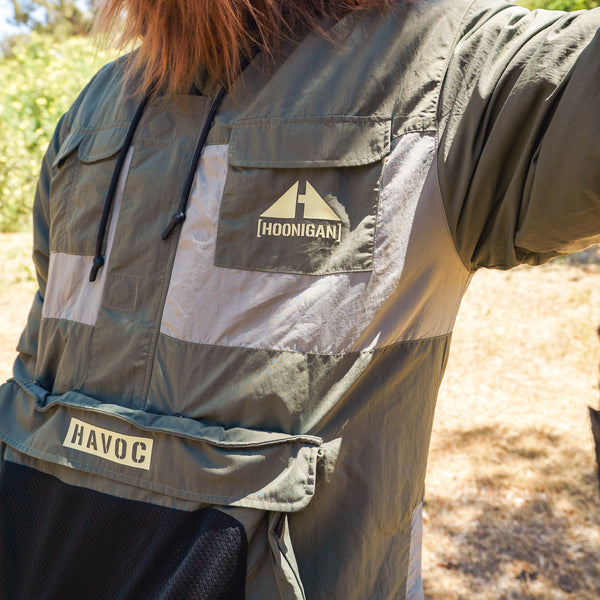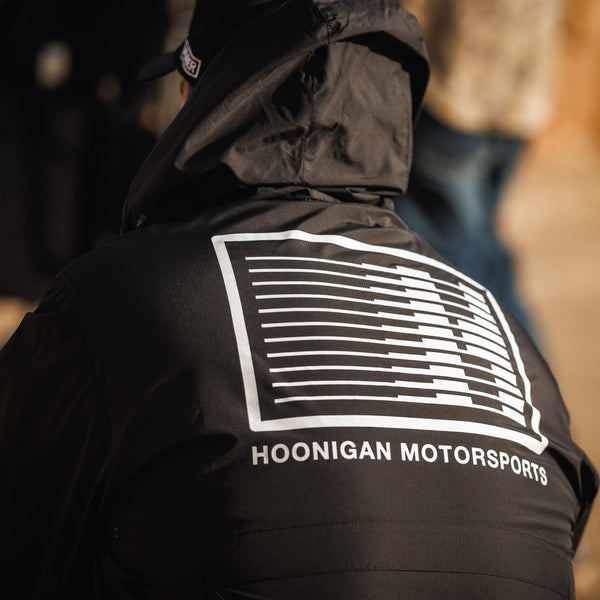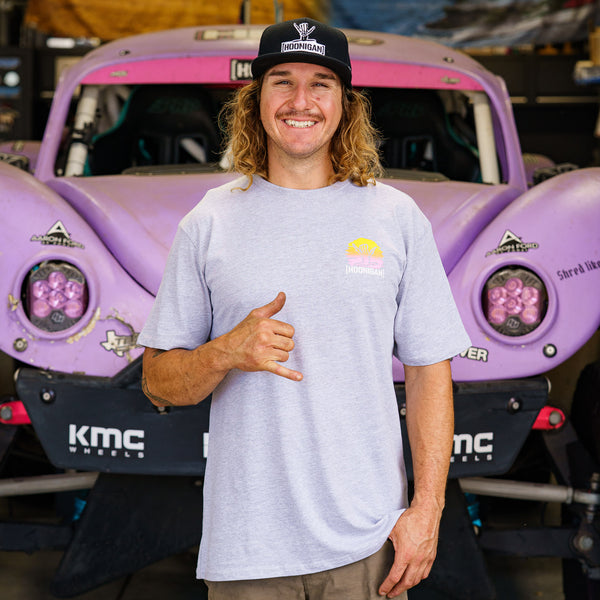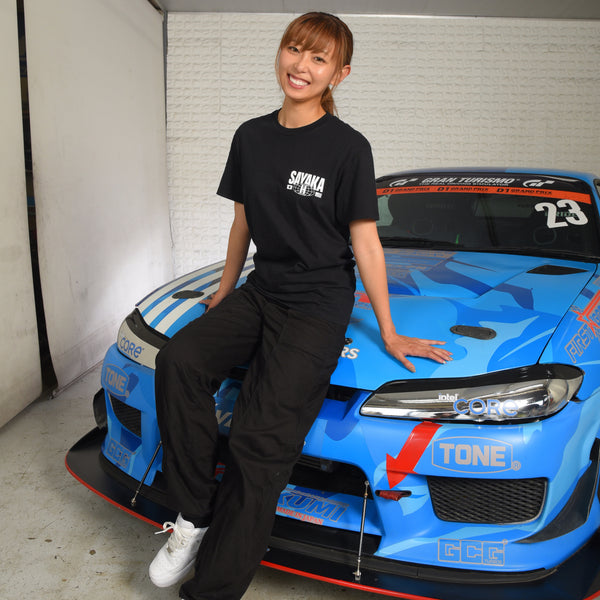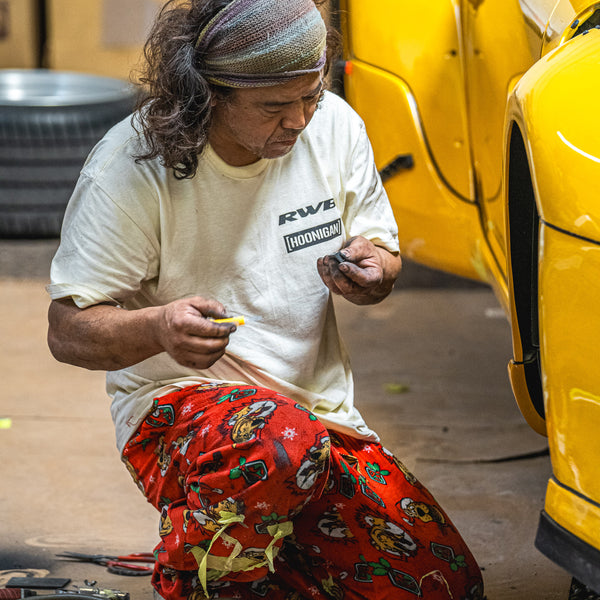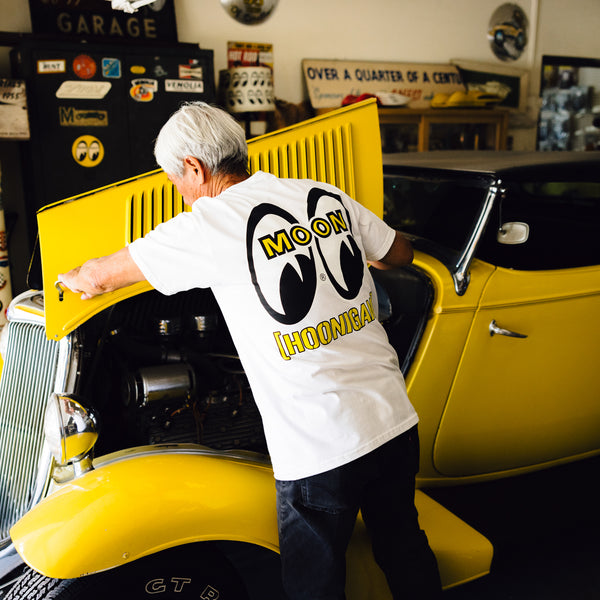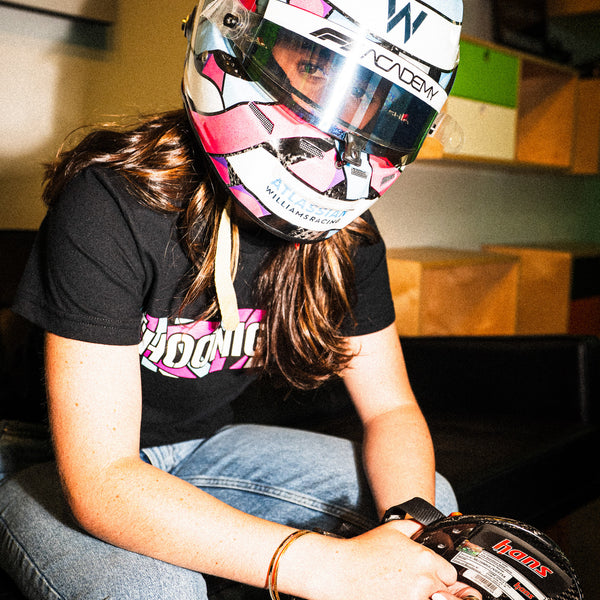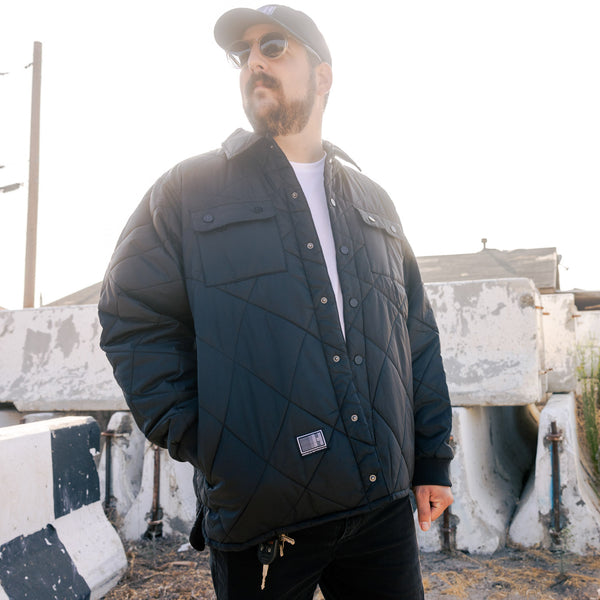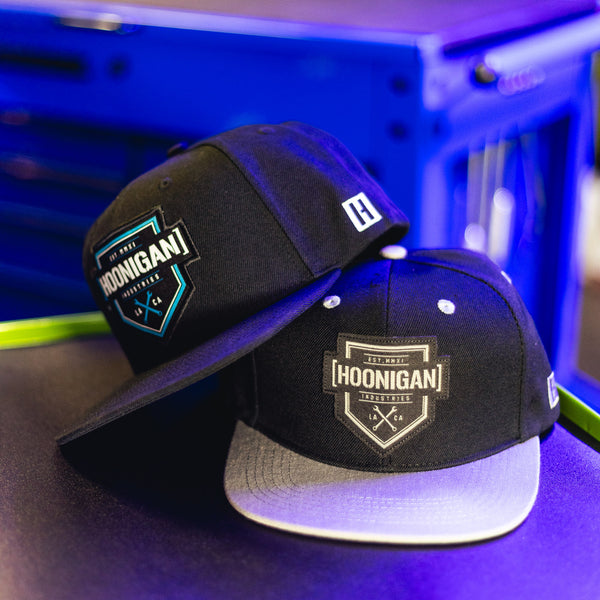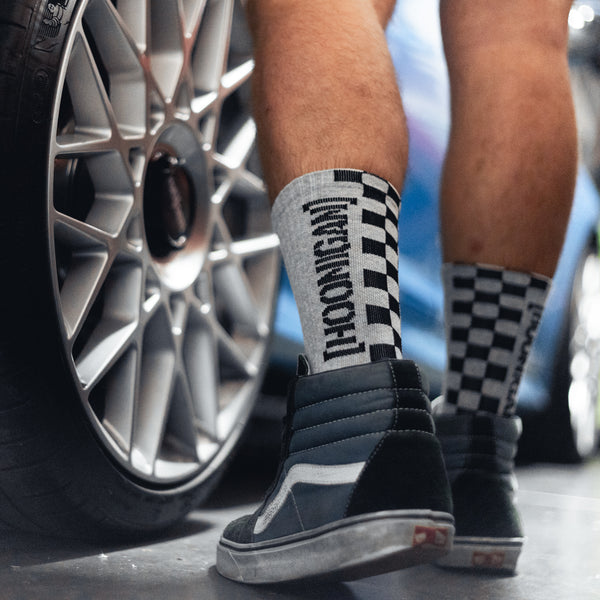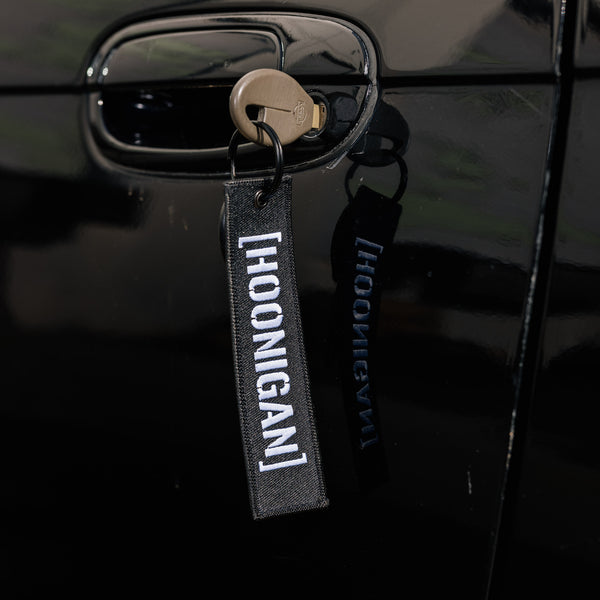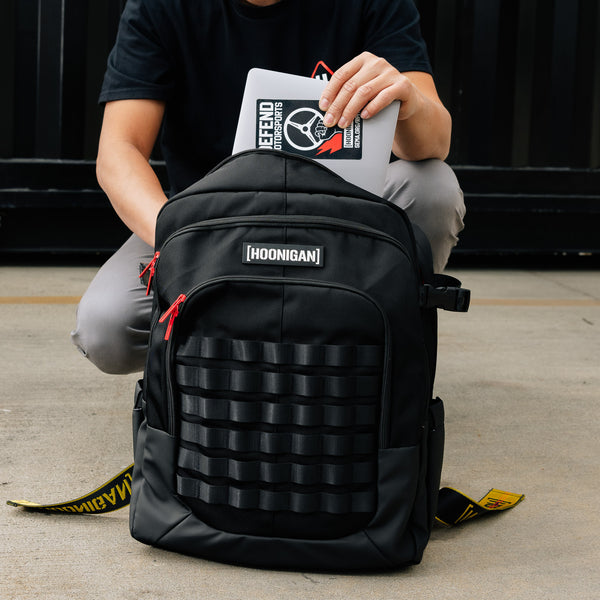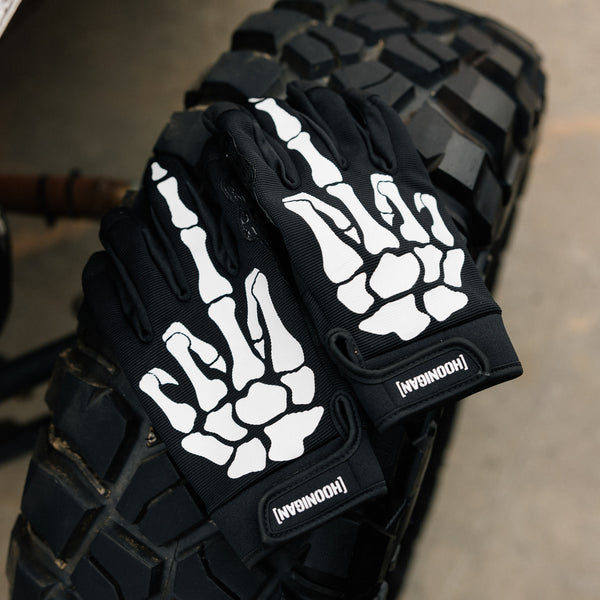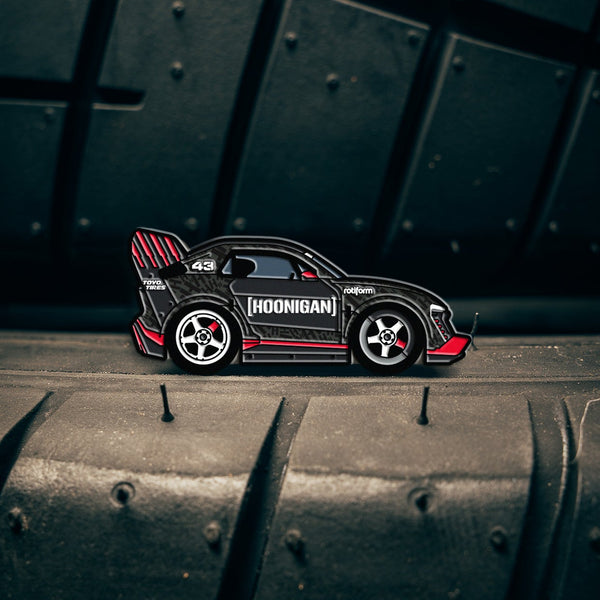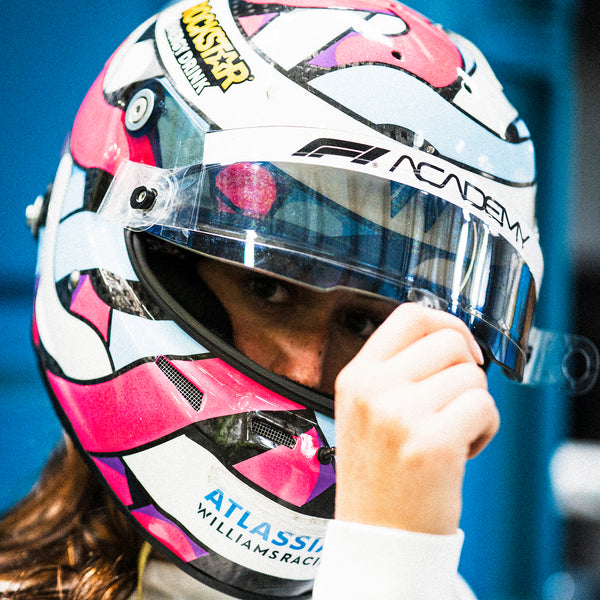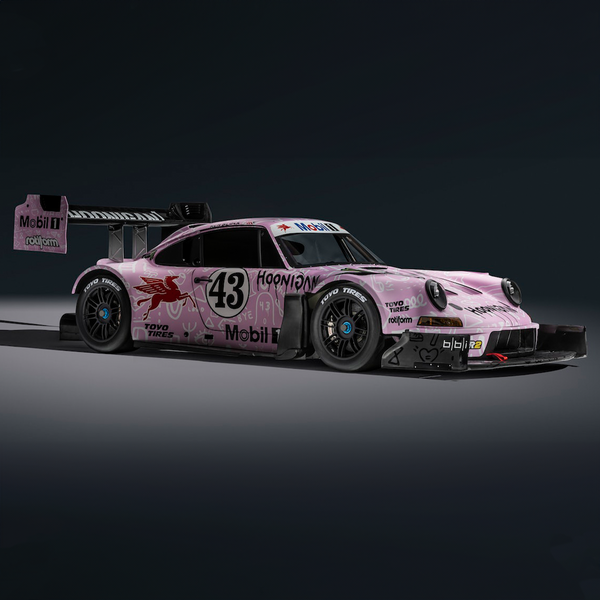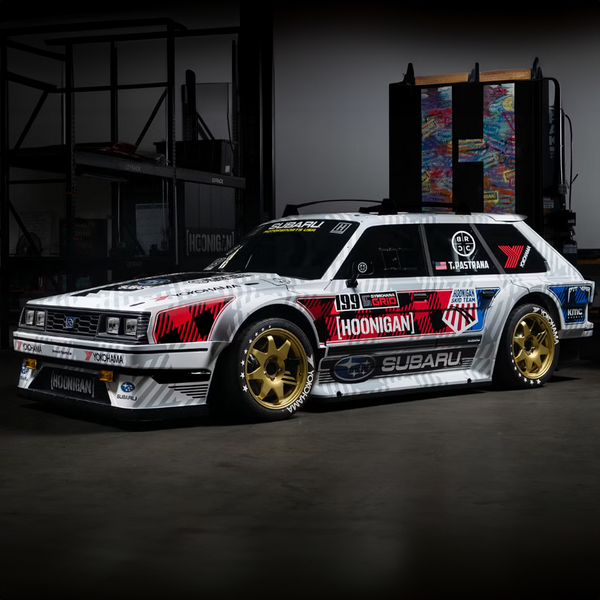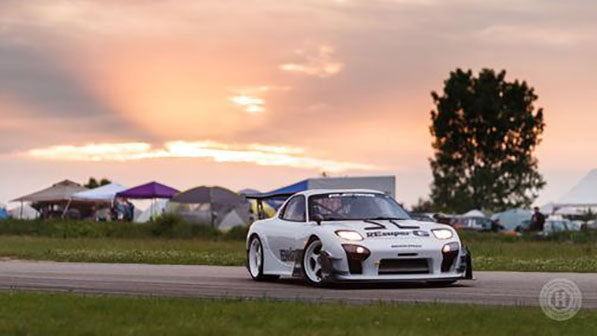Even when it seems you have something all together and working right, life sometimes reminds you that it hates you and wants nothing more than to make you miserable. If you followed Corey Hosford for any amount of time, you know the trials and tribulations of the BosS14 pro drift car. However, when all seemed lost for him and his pro drift aspirations, the community came together to help pull him through and create the new BosS14. Aligning with the right people can make life easier. From people who help push you and encourage you to achieve your goals to those who have the parts or knowledge to make your program work. It’s people like this who make your life just a little bit better. That’s essentially what’s happened to Corey and his re-born BosS14. He’s wanted to debut this car in competition since the 2015 SEMA Show when it was on display at the Auto Meter booth.
 |
 |
 |
 |
The original build started when Corey met with Kei Miura of TRA Kyoto and 6666 Customs in August of 2014. During this meeting, Miura began to sketch out the original kit that would soon be known as The Boss, named after the nickname given to Hosford by Jarod DeAnda while competing in Formula Drift. After Corey helped give final approval and the kit’s name, it was on to the 2015 SEMA Show to debut the Boss kit to the world on Corey’s new car. It seemed like Corey was ready to compete against the wild and crazy power builds of Formula Drift Pro classes. That’s when his troubles began.
 |
 |
Despite the idea that working with a GM LS-based engine in a 240SX is simple and pain-free, there are things you have to consider when you install one. For one, there is limited room under the hood and between the frame rails of the unibody chassis. The LS is a 90-degree, pushrod V8 and that gives it far more room to work with than the four-cam V8s like Ford’s Coyote or the VK56DE from Nissan. You’ve got to realize that this engine bay wasn’t designed with V-engines in mind, at all. Then you go and add four more cylinders and a turbo and things start to heat up under hood.
 |
Literally. One of the problems Corey faced early on with his LS V8 was heat from the turbocharger setup. When you add in the lack of room in the bay, you don’t really call for a five-minute time out for repairs. “You call five-minutes to drive back to the pits and load it up,” said Hosford, “it would take more than five-minutes to reach anything past the heads from the engine bay.” For the next V8, they got rid of the turbos and just went for natural aspiration. Even then, parts were breaking, and the car wouldn’t make it to qualify in many cases, if it made it to the track at all. “It was too much,” he recalls. Finally, Brian Johnson from Murica Motorsports suggested that he put a 2JZ in it instead.
At first, Corey was hesitant but after talking to Jason Oefelein at Portland Speed Industries (PSI) and Steve Rzesnowiecky from Universal Auto Machine, who is the father of Formula Drift Pro2 rookie Bear Rzesnowiecky, Corey was convinced. “It defeats the purpose of building a drift car for a Pro program,” Hosford continued to recollect; “You build it up only to have to do major work on it again before competition. When I finally got with Steve and Jason, they showed me what having the right people for your program can really do.”
 |
 |
 |
Steve and Las Vegas-based UAM are probably best known for building oval and endurance racing V8 engines, but they’ve also been the engine builders behind Forrest Wang’s 2JZ-powered S15. Many of the lessons learned from making power from an endurance engine have been applied to both of these 2Js and the reliability has been astounding for both Corey and Forrest. Through that knowledge and working with Forrest in Formula Drift, Steve and UAM are now recognized as premier 2JZ builders in the US.
Corey’s 2JZ is slightly different from Forrest’s Toyota I6 internally. The pistons are Wiseco forged aluminum units and the rods are Wiseco Boostline pieces. The Boostline rods are known as a three-pocket design, essentially a mix of H-beam and I-beam rod designs Wiseco developed through the years, to maximize bending resistance for turbocharged and nitrous injected engines. The crankshaft is polished billet with a 94mm stroke, so it maintains the 3.0-liter displacement.
A Garrett GTX3582 Gen II snail shoves boost through Vibrant Performance silicone bends with their clamps holding everything together. The Garrett blows through an Under Pressure Development intercooler, charge piping, and a UPD custom made T4 V-band exhaust manifold spools it. Boost control is accomplished with a TiAL wastegate while a custom AEM Induction air filter keeps tire debris and dirt from being ingested by the turbo.
That charged air then goes to a 2JZ factory intake manifold. Interestingly, Corey’s car uses a drive-by-wire throttle body. A trend that’s starting to pick up in drifting as motorsports ECUs begin to take advantage of programing the throttle. With these ECUs, not only can they make those throttle bodies respond to the driver’s foot directly but also implement tricks for reducing boost lag and eliminate the need for a blow-off valve to control boost surge.
Fuel is sent to the intake by a Radium fuel rail to the Evolved Injection 1000cc/min injectors. The fuel is contained in a Fuel Safe fuel cell with an internal Aeromotive fuel Pump that sends the go juice down Vibrant Performance fuel lines. A set of Kelford Billet VVT-i camshafts with beehive springs and titanium retainers inside the ported and polished VVT-i heads push open stock sized valves.
The Motegi Racing Wheels are the two-piece MR404 in custom offsets to fit the Rocket Bunny Boss body kit. They are color matched to fit the Gold and Black paint scheme of his title sponsor, AEM Induction. The wheels are attached to a full complement of Wisefab suspension parts while the coilovers are KW Variant V2s with two-way adjustable dampening.
The rear brakes are new units from R1 Concepts under the Forged Series known as the Drift Brakes. The rears are four piston calipers that work as two separate brake circuits. The first circuit works with the service brakes – the brakes that work when you push the pedal in your car to stop it. The second circuit works with a hydraulic handbrake. This eliminates the need to make a custom twin-caliper setup in the rear. If R1 Concepts offers a bracket to attach their calipers to your upright or spindle, it will work for you too.
 |
 |
 |
One of the challenges Corey faces in this new setup is dealing with boost lag. Even though his V8s had twin turbos, the lag wasn’t a problem. It was more a case of unfamiliarity. “I’ve never driven a turbo car before [in competition] or even a non-V8 car before,” he says, “so I’ve had to restructure and change my program and even the way I drive. So, that’s why I didn’t hop in to Pro right away with a petition. I wanted to learn and grow with the car. With the caliber of cars and drivers in Formula Drift now, I have to evolve. You’ve got to be ready to go to war or die.”
 |
 |
Despite the challenge of dealing with a new engine program and having to change his driving strategy, his program has developed to cope with it. From gaining new parts sources to people who simply stand behind and support him, the Corey Hosford going into 2018 is different than the guy with the V8s who kept breaking in 2017. The entirety of his racing program has changed to ensure that, when he’s ready to make that leap back into Pro, he’s got the program to match that jump.
 |
 |
Motorsports always focuses on the successes of the drivers. Winners get the stories a majority of the time as they are hard to ignore. However, a motorsports program is more than just the driver. It’s each and every cog that must work to make that machine move. If one of those cogs fails, the whole program will stop as Corey had found out with several broken engines that promised reliability. Now, he’s gotten so many supportive people behind him from shops like PSI to Universal Machine, from people like Kei Miura to Brian Johnson, the cogs of Corey’s machine are spinning and now it’s up to him to drive the machine known as the BosS14.
[image-gallery] 







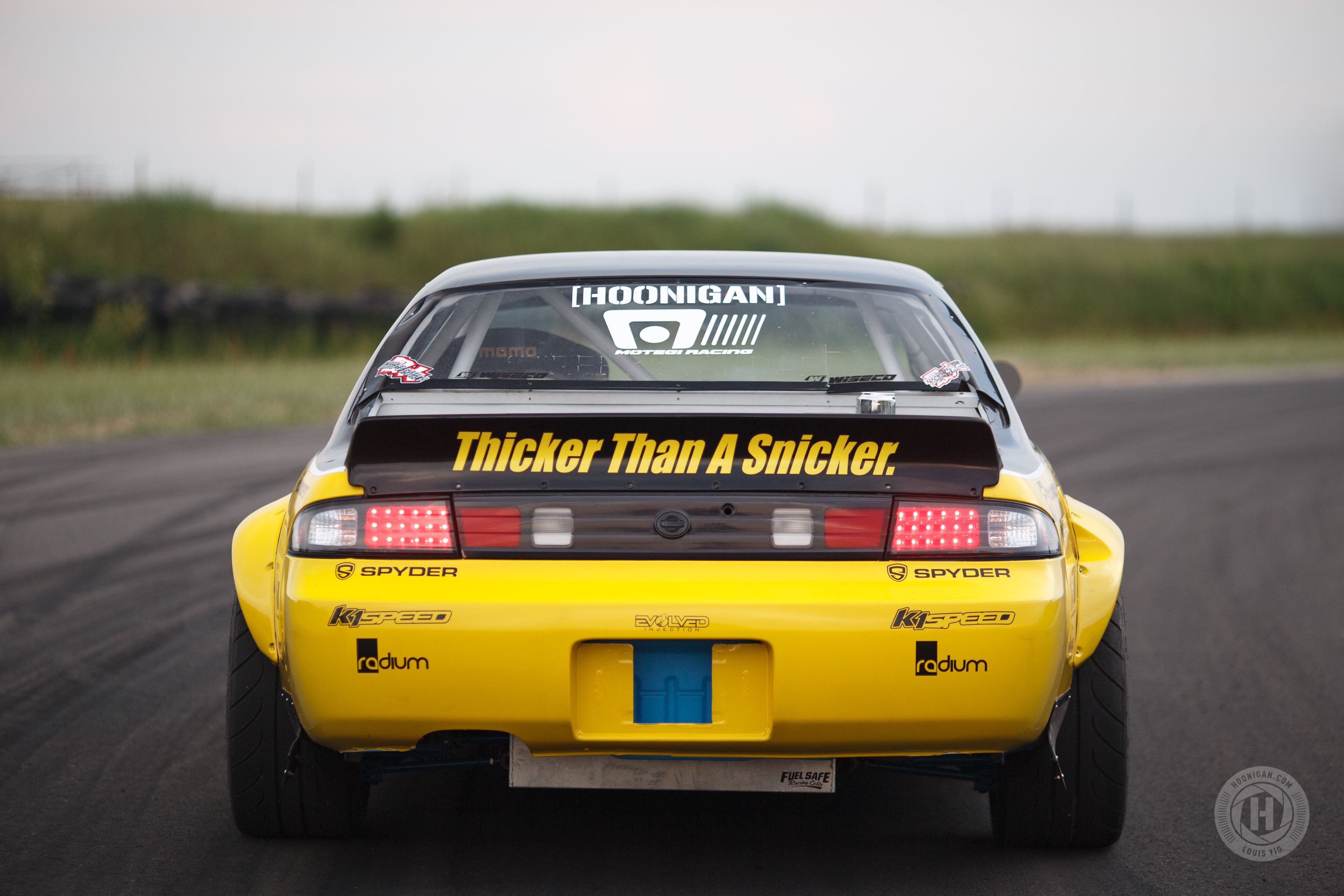


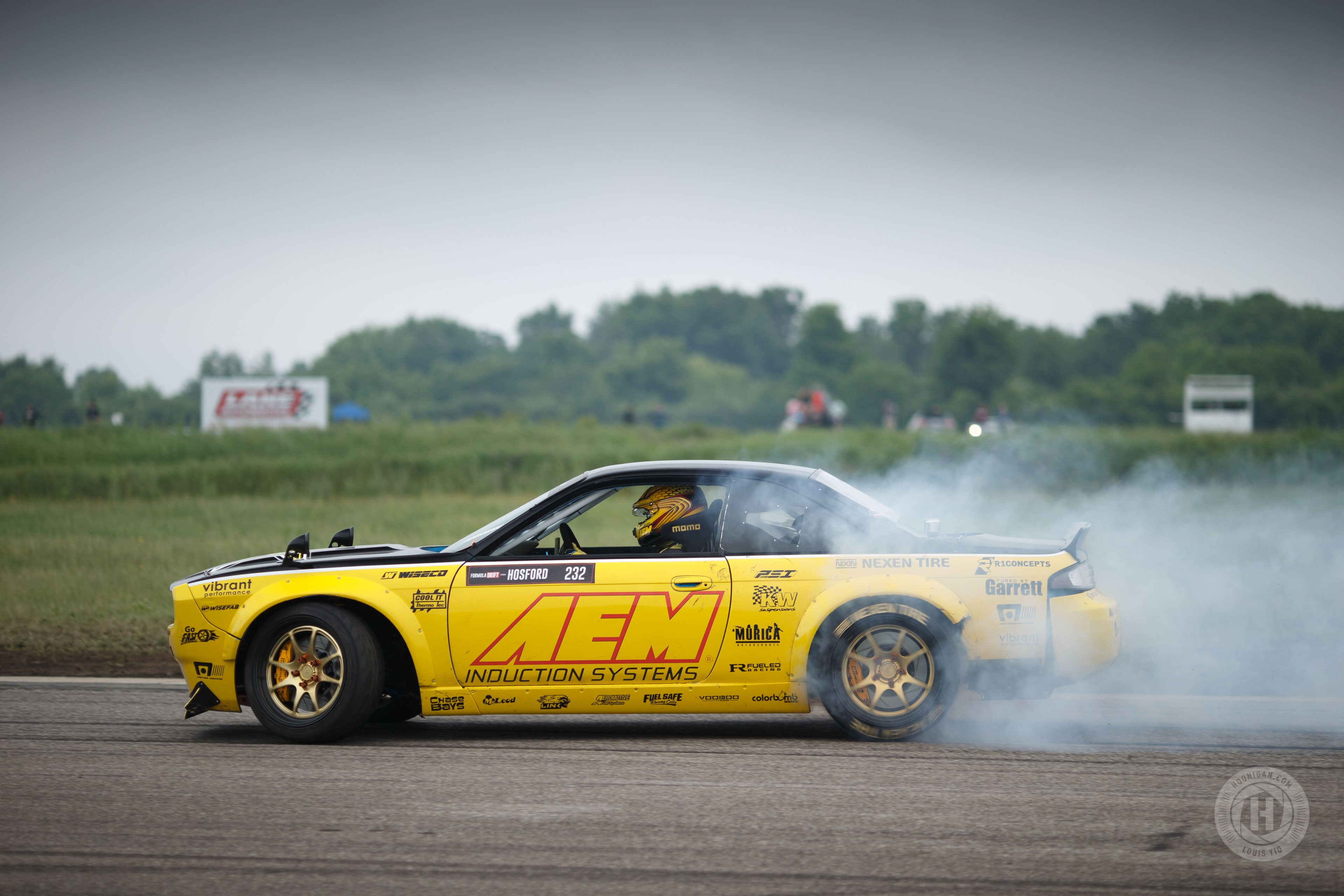
 [image-gallery-end]
[image-gallery-end]
Owner/Driver: Corey “The Boss” Hosford
Car: S14 1996 Nissan 240SX
Engine/Powertrain: Toyota 2JZ-GTE 3.0-Liter by Universal Auto Machine; polished billet crankshaft 94mm stroke; Wiseco Boostline pistons and rods; Kelford Billet VVT-i camshafts; beehive springs; titanium retainers; Garrett GTX3582 Gen II turbo; TiAL wastegate; custom AEM Induction air filter; Radium fuel rail; Evolved Injection 1000cc/min injectors; Fuel Safe fuel cell with internal Aeromotive fuel pump; Vibrant Performance fuel lines; ported and polished VVT-I intake manifold; custom made Vibrant Performance exhaust; Custom 240SX axles
Transmission: G-Force GSR Four-Speed
Exterior: Rocket Bunny The Boss Kit
Interior: N/A
Electronics: N/A
Wheels/Tires: Motegi Racing MR404; Nexen N’Fera SUR4G 255/35R18
Suspension/Brakes: Wisefab angle kit; KW Variant V2 Double Adjustable Dampening coilovers; R1 Concepts Forged Series front, R1 Concepts Forged Drift Series rear
Instagram: Lusciousy
Louisyio@gmail.com




























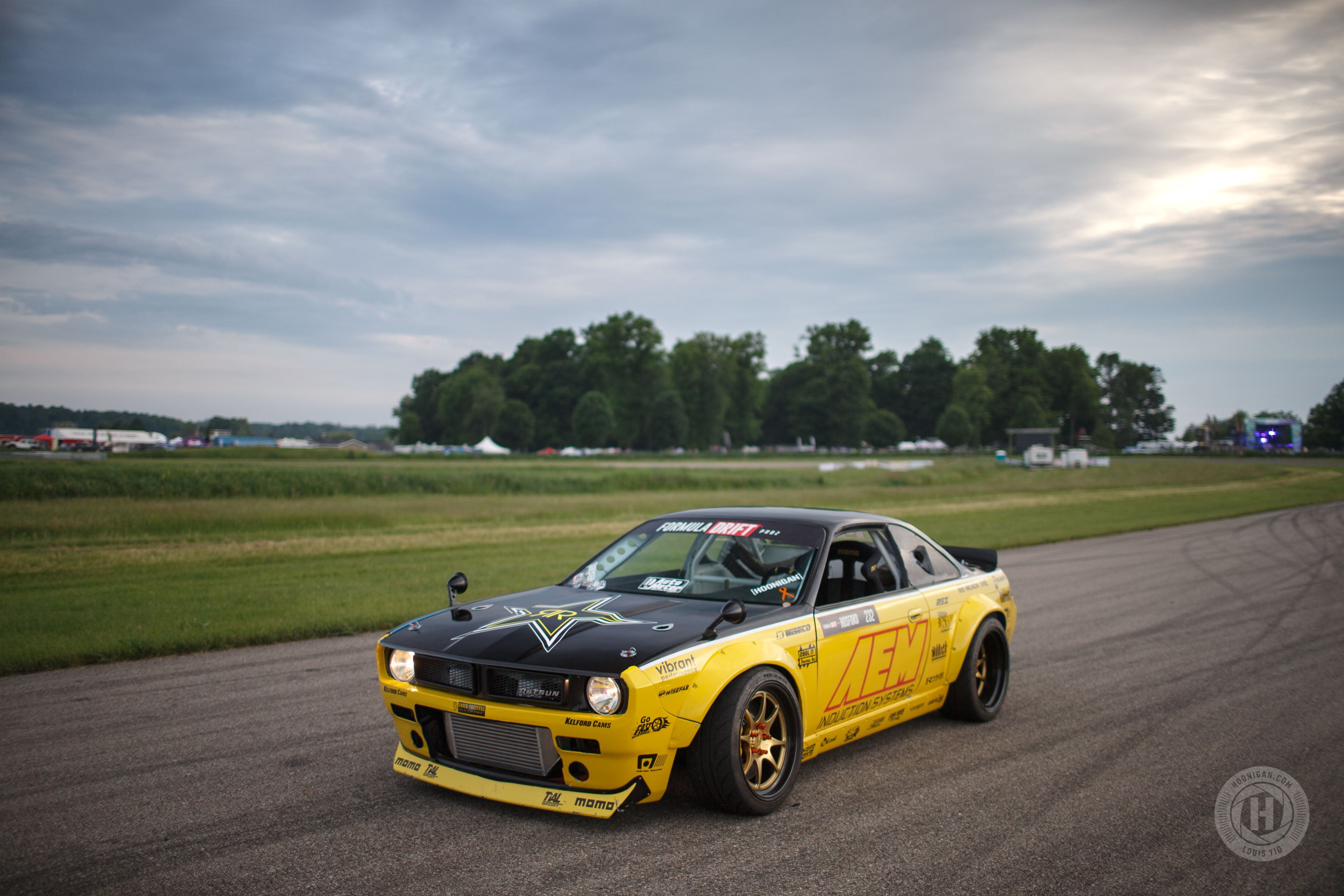








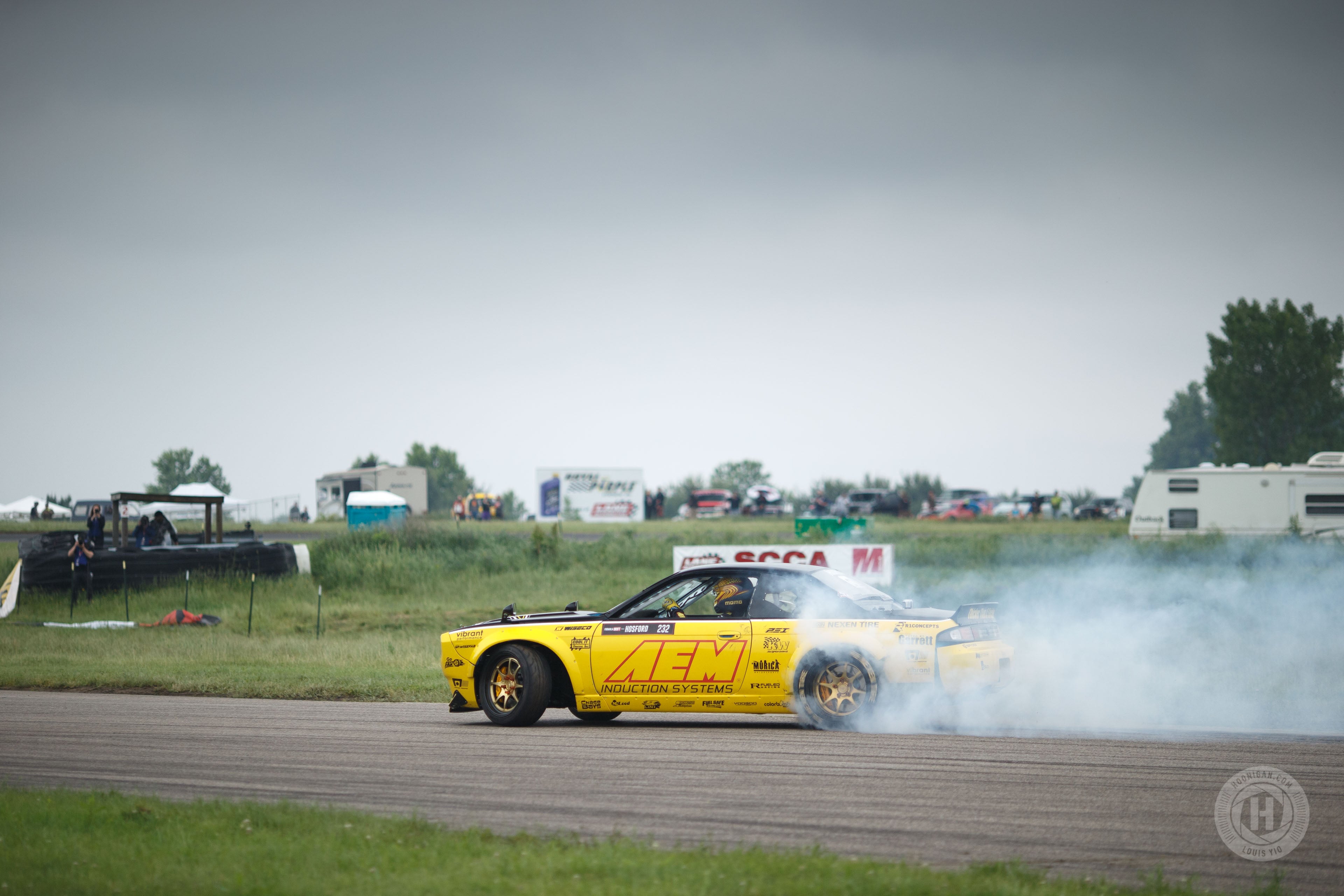




























 [image-gallery-end]
[image-gallery-end]